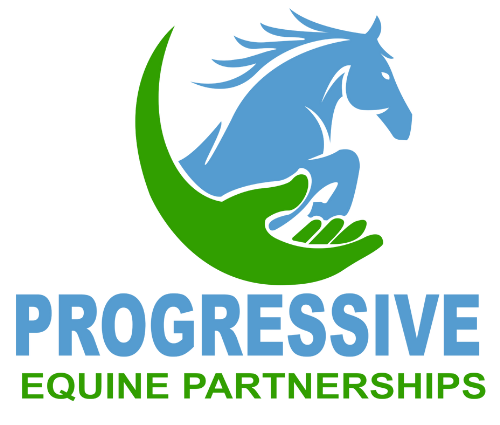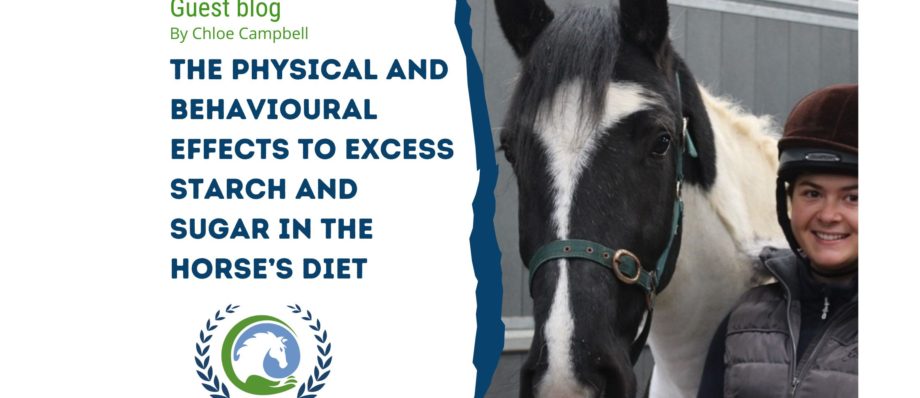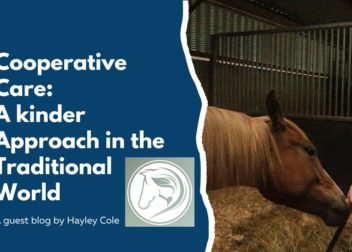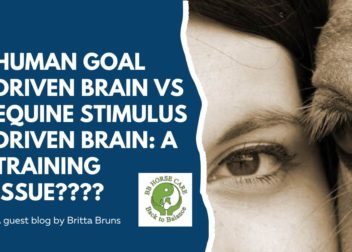The physical and behavioural effects of excess starch and
sugar in the horse’s diet

What is starch and sugar
Starch and sugar are important and natural sources of energy for horses, particularly competition horses, and can have a significant effect on their performance and overall health. However, it is vital to monitor the amount of starch and sugar your horse is getting in their diet based on their nutritional needs, energy needs and health status.
There are two types of carbohydrates: structural and non-structural. Structural carbohydrates are often referred to as fibre, which is broken down/fermented in the hindgut for slow-release energy. Non-structural carbohydrates are starches and sugars that are broken down to simple sugars in the small intestine.
Too much starch
Starch is a non-structural carbohydrate that is found in grains such as corn, barley, oats, and some forages. It is broken down into glucose in the small intestine and used as a source of quick-release energy. In general, horses can tolerate moderate levels of starch in their diet, but it is important to feed it in the appropriate amounts to prevent digestive problems and maintain optimal health.
Studies have shown high starch diets increases the risk of digestive issues such as colic, hindgut ulcers, hindgut acidosis, and other issues leading to laminitis. This is because horses are not able to process large amounts of these nutrients efficiently. As these issues cause pain and discomfort, it is likely to affect their behaviour. Behaviours related to these digestive issues can include reluctancy to work/move, decreased performance, withdrawn/depressive state, hypersensitivity, defensive behaviour, reduced appetite, restlessness etc.
Too much sugar
Sugar is a simple carbohydrate that is found in fruits, vegetables, and grains. It is quickly absorbed into the bloodstream and provides a rapid source of energy. It is important to monitor the amount of sugar in a horse’s diet as studies have found that high sugar diets can lead to health problems such as obesity, insulin resistance, and other issues leading to laminitis, and will subsequently affect their behaviour due to pain and discomfort. This is because horses are not able to process large amounts of these nutrients efficiently. Behaviours to watch out for with these conditions are excessive drinking or urinating, reluctancy to work/move, loss of stamina, depressive states etc.
How does starch and sugar affect behaviour?
Studies monitoring the effects on behaviour in high starch and sugar diets show horses become more energetic or excitable, which can affect their training and performance. Specifically, an increase in vigilance, reactivity, difficulty being handled around new objects and environments, aggression, high energy etc. It can also increase the risk of the development of stereotypies.
How do you know how much starch and sugar your horse is getting in their concentrated feed?
If you look on any feed bag, you will see ‘analytical constituents’ and here you can see the starch and sugar content in percentages. On some feed bags, the starch and sugar are not shown as it is not a legal requirement, however, feed companies would inform you if you asked them. Once you have both percentages, add them up to get the total non-structural carbohydrate content of that feed bag.
Low starch and sugar are usually 20% and under and high combinations are usually around 30% and above. It is important to note that what is low, moderate, or high is determined by factors such as age, breed, level of activity, and overall health status.
Alternatives to starch and sugar
Fats (oil) has been shown to be a good substitute source of energy for horses in work, as oil is 3 times more energy dense than starch and sugar combined. This means a reduced amount of concentrated feed without reducing calorie intake, reduced risk of digestive and other physical issues, reduced behavioural issues (due to the slow release of energy) and well-maintained performance.
Final thoughts
It is impossible to have a diet with no starch and sugar, as it is also naturally provided through forage. Overall, it is important to provide horses with a balanced diet that will include both starch and sugar in the appropriate amounts to support their energy needs and maintain their health. Ensure to consult with a veterinarian or equine nutritionist before making major changes to your horse’s diet and discuss with these professionals to determine the appropriate feeding plan for your horse.

Further reading and useful studies
Bulmer, L.S. (2020) High-starch diets increase behavioural reactivity, alter hindgut microbiota and brain neurochemistry in horses. PhD. University of Glasgow.
Jones, E., Viñuela-Fernandez, I., Eager, R.A., Delaney, A., Anderson, H., Patel, A., Robertson, D.C., Allchorne, A., Sirinathsinghji, E.C., Milne, E.M., MacIntyre, N., Shaw, D.J., Waran, N.K., Mayhew, J., Fleetwood-Walker, S.M. (2007) Neuropathic changes in equine laminitis pain. PAIN. 132(3), 321–331.
Mcgreevy, P.D., Cripps, P.J., French, N.P., Green, L.E., Nicol, C.J. (1995) Management factors associated with stereotypic and redirected behaviour in the Thoroughbred horse. Equine Veterinary Journal. 27(2), 86–91.
Raspa, F., Tarantola, M., Muca, E., Bergero, D., Soglia, D., Cavallini, D., Vervuert, I., Bordin, C., De Palo, P., Valle, E. (2022) Does Feeding Management Make a Difference to Behavioural Activities and Welfare of Horses Reared for Meat Production? Animals. 12(14), 1740.
Redondo, A.J., Carranza, J., Trigo, P. (2009) Fat diet reduces stress and intensity of startle reaction in horses. Applied Animal Behaviour Science. 118(1), 69–75.
Vervuert, I., Voigt, K., Hollands, T., Cuddeford, D., Coenen, M. (2009) Effect of feeding increasing quantities of starch on glycaemic and insulinaemic responses in healthy horses. The Veterinary Journal. 182(1), 67–72.
By Chloe Campbell
- Chloe Campbell BSc is an equine behavioural consultant who assists owners in being able to manage or modify behavioural problems. This process empowers the relationship between an owner and the horse.
- Chloe uses evidence-based, least intrusive and minimally aversive techniques to reduce or resolve equine behavioural issues.
- Services include: behavioural consultations, training sessions and talks/workshops.

https://www.facebook.com/chloecampbellequine



